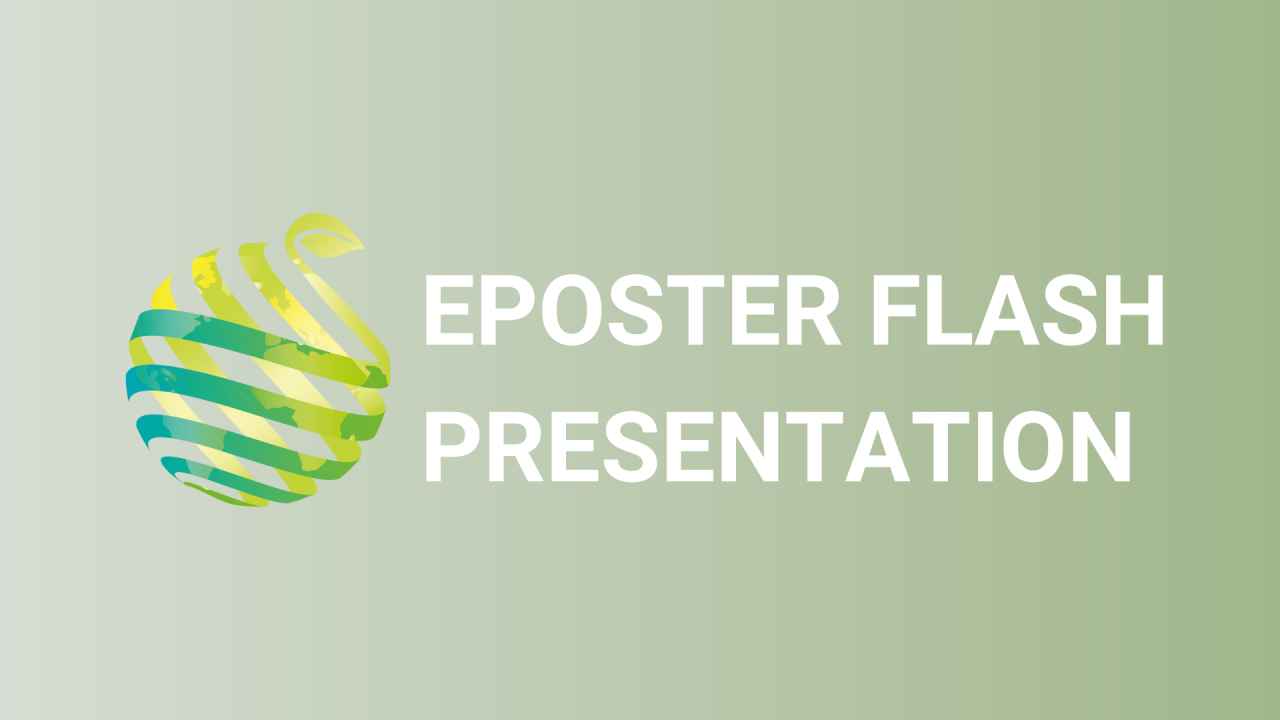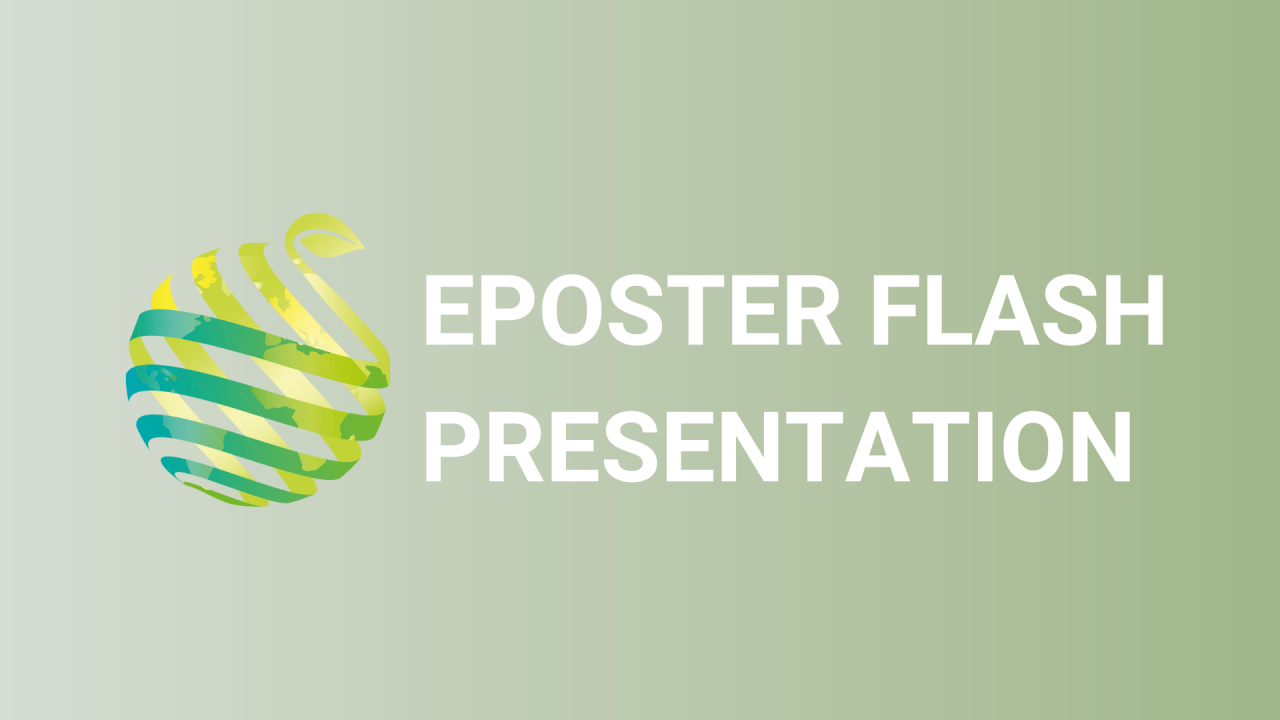

S07 - Session P1 - Green roof plant selection to use in fiber cement roofing
Information
Authors: Vivian Loges *, Sueynne Marcella Santana Leite Ba, Stella Aurea C. Ms. Gomes Silva, Simone Santos Lira Silva, Cristiane Guiselini, Jessika Silva de Oliveira
Fiber cement tiles still being the cheapest alternative for roofing in urban and rural buildings in Brazil.Thermal insulation provided by this material is not considered efficient in tropical areas. The use of green roofs models over these fiber-cement roofing could reduce transfer rates and attenuate the incident solar radiation. Nevertheless, the plants species to this type of green roofs needs to develop in restricted substrate depth and don't require too much maintenance. The objective of this research was to evaluate and select plant species for use in a modular green roof to cover a fiber cement roofingin the Rain Forest Zone of Brazil.Fourteen species were evaluated fortnightly considering the characters: persistence rate; soil cover rate; height; biomass of the aerial part; root biomass; inner surface temperature of a fiber cement tiles cover by the modules with the plants (in a reduced and distorted models of rural buildings submitted to the green roofs); and general appearance of the plants after 150 DAP. The species Ipomoea assarifolia , Paspalum notatum 02, P. notatum 04, P. notatum 05, P. notatum 06, Sphagneticola trilobata , Trandescantia pallida and T. zebrina showed good development, but were classified as poorly suitable to green roofs. Callisia repens , Chlorophytum comosum , Ophiopogon jaburan , P. lepton 01, Portulaca grandiflora and Sansevieria trifasciata could be indicated for use in a modular green roof to cover a fiber cement roofing, as they presented higher persistences, as well as higher rates of models cover, resulting in lower inner surface temperature of the fiber cement roofs, as well as a very suitable general appearance